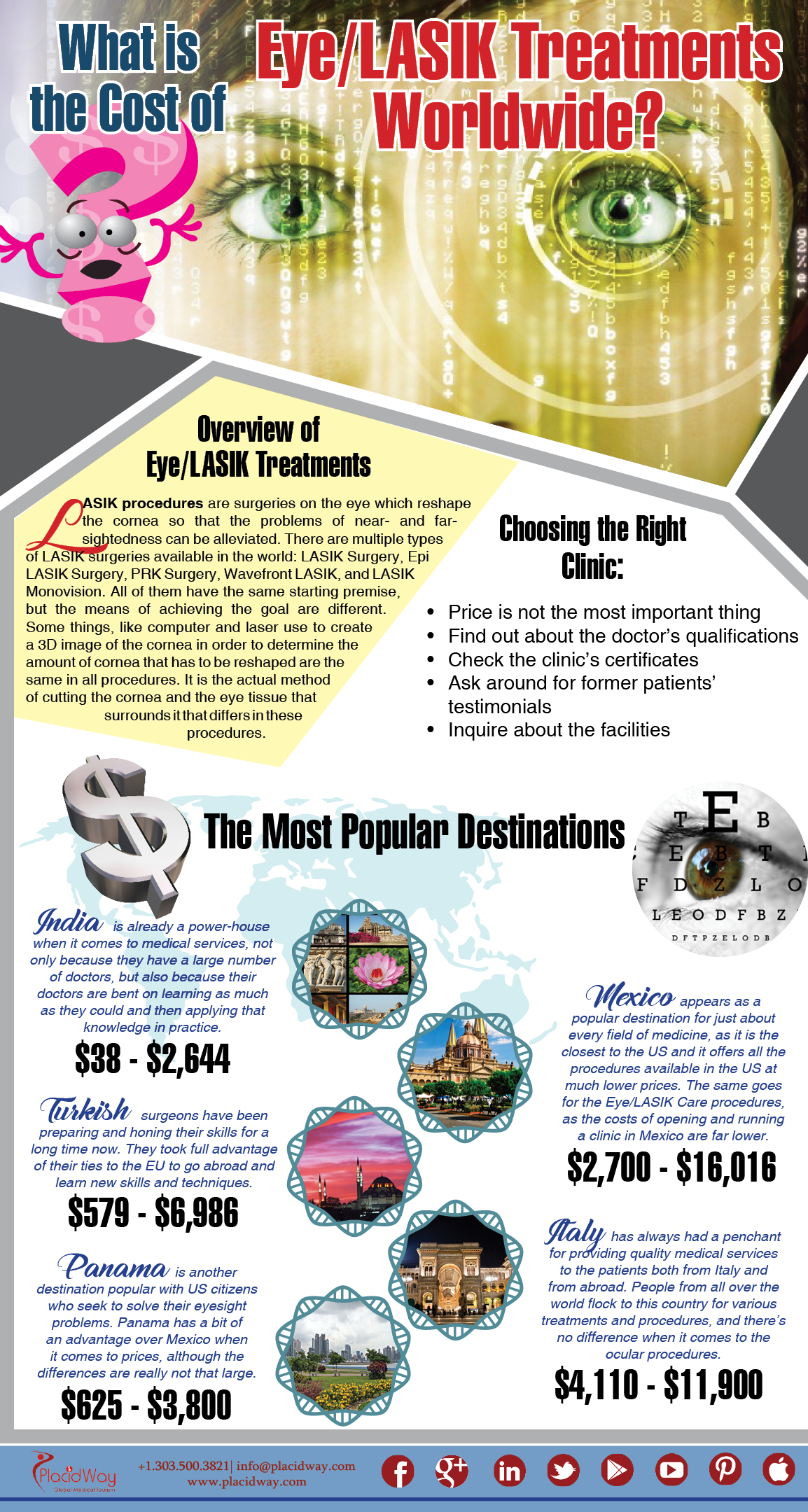The Growth Of Modern Cataract Surgery Techniques: A Comprehensive Assessment
The Growth Of Modern Cataract Surgery Techniques: A Comprehensive Assessment
Blog Article
Short Article Produced By-Gillespie Kearney
As you discover the evolution of sophisticated cataract surgical procedure strategies, you'll witness a trip marked by ingenuity and precision. From old techniques that paved the way for contemporary innovations to sophisticated technologies that are reinventing the area, the thorough overview of cataract surgical procedure methods is a testament to human progress and dedication to improving patient end results. The intricate interaction between historical techniques and advanced developments develops an intriguing narrative that clarifies the advancement of one of the most typical surgical procedures worldwide.
Historic Techniques and Advancements
Explore just how very early cosmetic surgeons transformed cataract therapy by using cutting-edge strategies and tools. In https://www.which.co.uk/reviews/laser-eye-surgery/article/laser-eye-surgery-compared/best-laser-eye-surgery-companies-aKsDr1z2gMQj , cataract surgical procedure was a dangerous and agonizing treatment. Nonetheless, ancient Indian medical professionals were amongst the initial to attempt medical interventions for cataracts, using a technique called 'formulating' where a sharp tool was made use of to push the cataract back right into the eye. This method, though crude by today's criteria, laid the groundwork for future developments in cataract surgical procedure.
As time progressed, Arab medical professionals made significant payments by developing specialized needles for cataract removal. These needles were utilized to penetrate the cataract and after that extract it from the eye, noting a considerable improvement in medical precision.
Later on, in https://prksurgerycost38405.worldblogged.com/41141026/disproving-5-popular-false-impressions-concerning-lasik-surgical-treatment , the French cosmetic surgeon Jacques Daviel spearheaded the strategy of extracapsular cataract extraction, where the whole lens was eliminated intact through a larger laceration. This marked a major advancement in cataract surgical procedure techniques, paving the way for the modern procedures we use today.
Modern Surgical Approaches
Early methods in cataract surgical treatment have advanced considerably, resulting in the growth of modern medical strategies that prioritize precision and improved person outcomes. Modern cataract surgery now frequently includes a procedure called phacoemulsification, where an ultrasonic gadget separate the cataract for elimination through a tiny incision. This method allows for quicker healing and decreases the danger of difficulties contrasted to older approaches.
Additionally, the use of advanced intraocular lenses (IOLs) has revolutionized cataract surgical treatment results. These lenses can deal with not just the cataract yet additionally other refractive errors like astigmatism, reducing the need for glasses post-surgery.
Surgeons today likewise have accessibility to sophisticated imaging modern technologies that help in accurate preoperative preparation and intraoperative decision-making. Optical coherence tomography (OCT) and other imaging techniques offer detailed pictures of the eye's structures, enabling a much more tailored approach per individual's surgical treatment. With these improvements, modern cataract surgical treatment methods continue to enhance, using patients safer procedures and better aesthetic outcomes.
Emerging Technologies in Cataract Surgery
With developments in modern technology transforming the field, cataract surgical treatment is witnessing the integration of innovative strategies for enhanced individual outcomes. cataract surgery issues in cataract surgery are reshaping the landscape of ocular procedures. One such advancement is femtosecond laser technology, which allows for precise corneal incisions, capsulotomies, and lens fragmentation, causing enhanced medical accuracy and end results.
Additionally, intraoperative aberrometry is getting appeal, making it possible for real-time measurements of refractive errors throughout surgical treatment to boost intraocular lens power estimations and reduce postoperative refractive shocks.
Furthermore, the use of sophisticated imaging technologies like optical coherence tomography (OCT) and intraoperative wavefront aberrometry aids doctors in specific surgical planning and implementation. These tools offer in-depth physiological information and help customize surgical methods for every patient's distinct eye characteristics.
In addition, developments in expert system are being checked out to help in preoperative preparation, intraoperative decision-making, and postoperative care, possibly maximizing medical outcomes and individual contentment. Accepting these arising modern technologies in cataract surgical procedure holds guarantee for additional enhancing client results and making sure the proceeded evolution of sensory medical methods.
Conclusion
As you journey through the background of cataract surgery, you witness the improvement from old practices to advanced innovations. Like a phoenix metro climbing from the ashes, cataract surgical procedure has actually developed into a beacon of hope and technology.
Just as a caterpillar emerges from its cocoon as a stunning butterfly, cataract surgical procedure has actually blossomed right into a polished art kind, offering patients more clear vision and a brighter future.
The development proceeds, radiating a light on unlimited opportunities.
